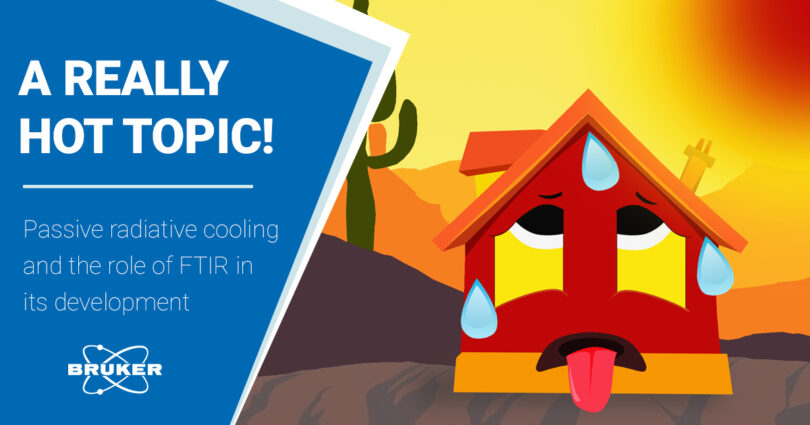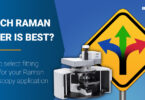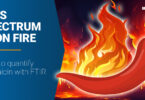In the midst of the heat wave and energy crisis, the search for sustainable methods to cool buildings is a hot topic. But a cooling down is in sight! By means of the passive radiative cooling method. It is certainly not surprising that FTIR spectroscopy also plays a crucial role in this context.
Warm, warmer, hot
Living in the extreme heat conditions of the last few weeks is a nightmare. Whether at work or at home, heat limits our attention and robs us of sleep at night. Lucky is the one who owns an air conditioner. Unfortunately, running these systems costs large amounts of energy and, under the influence of the energy crisis, causes the electricity bill to rise rapidly. But air conditioners are not only expensive, they also harm the climate and the environment due to the refrigerants used.

Therefore, solutions are being feverishly sought to cool buildings in an energy-efficient manner.
Passive radiative cooling is a game changer.
Passive radiative cooling uses space as a nearly infinite energy sink.
Energy is radiated away from objects through the atmosphere. This energy is transferred by emitting middle infrared (MIR) electromagnetic waves. The significant temperature gradient between buildings on Earth and space makes this possible.
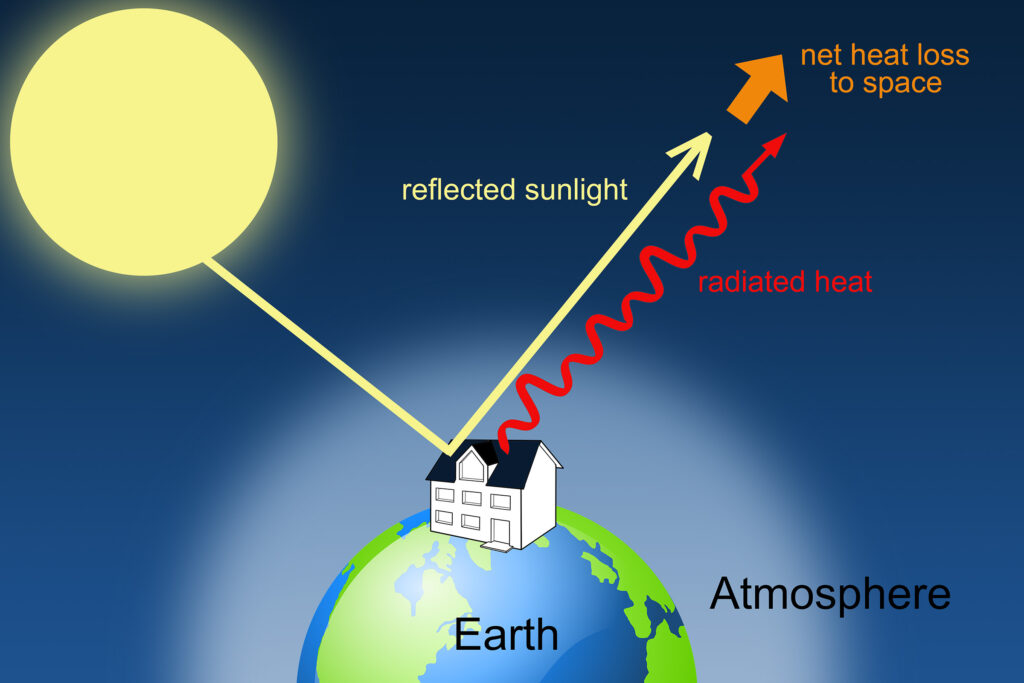
Guess what the cool thing about passive radiative cooling is? Well… it is passive. No additional energy input is required to cool a building. Great! Isn’t it?
However, there is one hitch.
Radiant emission from surfaces is constant. Therefore, a net negative change in radiant energy is essential for cooling. What does this mean in practice?
Incoming solar radiation during the day usually greatly exceeds the radiation emitted to space. This causes the surface to heat up. Therefore, passive cooling is mostly used at night, because then the radiation emitted into space is much greater than the incoming radiation.
Nevertheless, research continues to make progress in this area. New materials and techniques are being developed that make it possible to cool passively and efficiently even during the day.
To test the effectiveness of these new materials, the thermal emissivity must be determined.
This is where FTIR comes into play.
In order to achieve the optimal cooling performance, the material should fulfill certain requirements. Besides a high solar reflectivity a high emissivity located in the 8-13 µm IR region1 is necessary. This is important because in this region nearly no IR absorption by air is occurring, which would weaken the cooling effect.
With the Bruker INVENIO Spectrometer (among other Bruker Spectrometers) the emissivity can be measured. For this it can be equipped with the integration sphere A562. A beam-steering mirror in the sphere directs the incoming light from the INVENIO to the sample with an angle of incidence of 15°.
With this angle the typical emissivity analysis requirement that incidence should be close to perpendicular is fulfilled. This is important to reduce polarization effects. With this setup the spectral hemispherical reflectance can be measured. By using Kirchhoff’s law the spectral hemispherical emissivity can finally be determined.
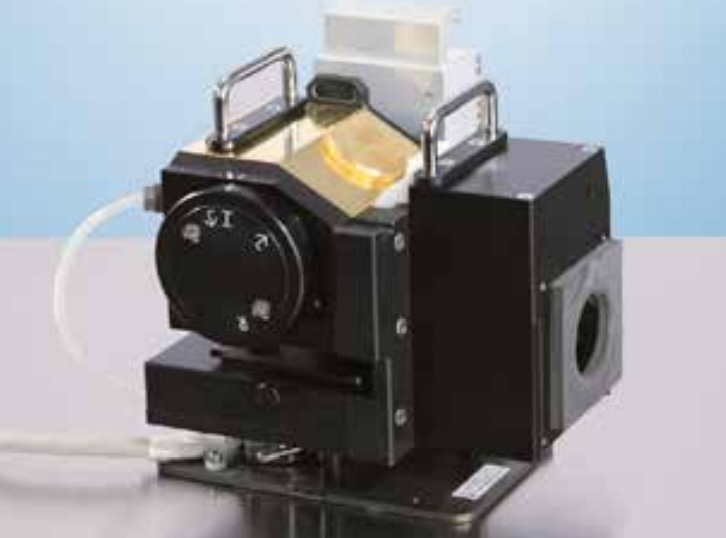
Conclusion
To keep it nice and cool in hot summers, passive radiative cooling offers an environmentally friendly alternative to air conditioning. FTIR spectroscopy can help to determine the emissivity of materials and thus contribute to further improving the efficiency of the radiative cooling method.
If you want to learn how Bruker’s FTIR spectrometers can help in the energy crisis, please check this article about renewable energies.
References
- A.P. Raman, M.A. Anoma, L. Zhu, E. Rephaeli, S. Fan. Passive radiative cooling below ambient air temperature under direct sunlight. Nature,(2014), 515, 540-544 10.1038/nature13883.
- M.M. Hossain, M. Gu. Radiative cooling: principles, progress, and potentials. Adv. Sci., 3 (2016), p. 1500360, 10.1002/advs.201500360.


